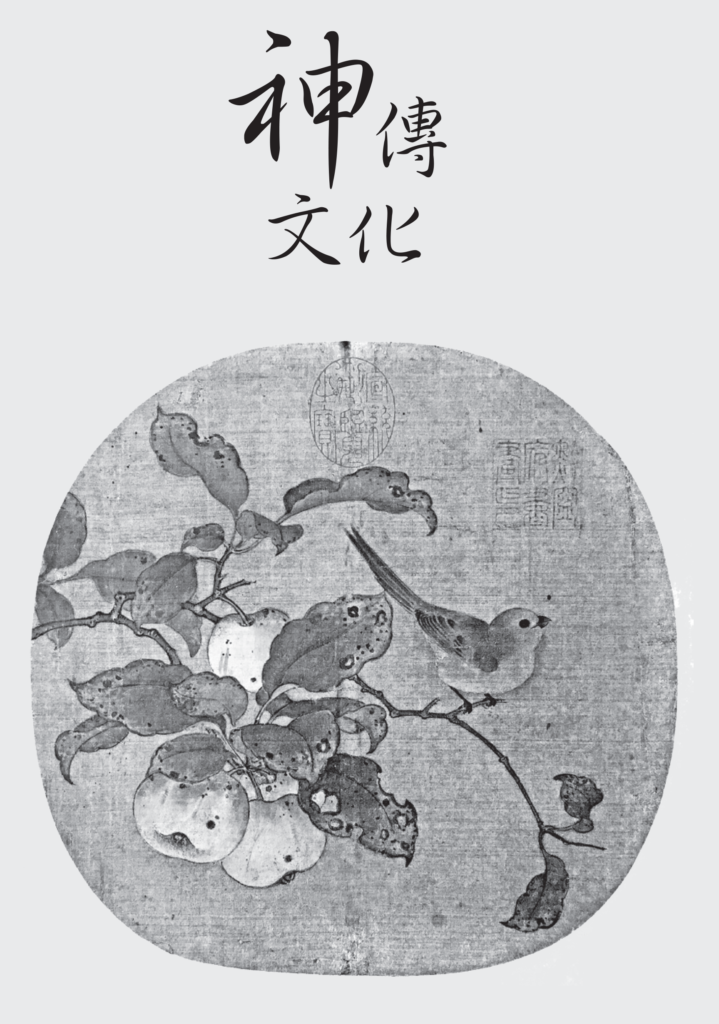Reviving of Traditional Chinese Culture

China has been known throughout history as the “Land of the Divines”, a realm where the divine and mortals coexisted in harmony. Its cultural tapestry is a complex weave of ancient wisdom and spirituality, tracing back to the dawn of civilization. From semi-divine legends like “Pangu Creates the World” and “Cangjie Invents Writing” to the Taoist principle of “unity between heaven and man”, and from Confucian values of “benevolence, righteousness, propriety, wisdom, and integrity” to Buddhist concepts of “karma” and “reincarnation”.
The fusion of Confucianism, Buddhism, and Taoism—the core of the Chinese Tradition Culture- has shaped China”s 5,000-year heritage. This cultural richness emphasizes reverence for the heavens, alignment with nature, and the importance of moral values. Throughout its history, China has upheld a deep respect for the divine, a belief in gods, and a commitment to self-cultivation.
Traditional culture once permeated the “Divine Land”, nurturing and passing down a splendid civilization that has endured for millennia. This culture, a reflection of celestial wonders and ancestral wisdom, transmitted timeless values across generations, fostering social harmony and vibrant creativity.
China -once called the “Land of the Divine”, is renowned for its cultural heritage, encompassing dance, music, costumes, writing, and more. The Chinese people view their cultural legacy as “divinely-inspired”. The essence of this traditional culture continues to be preserved through classics, historical records, literature, theatrical performances, storytelling, and various other means.
Unfortunately, since 1949, when the Chinese Communist Party (CCP) came to power, it has systematically sought to erase China”s ancient cultural traditions, promoting class struggle and atheism. The CCP spared no effort in dismantling traditional culture, from artifacts to beliefs, causing generations of Chinese to lose touch with their cultural roots. This has resulted in widespread turmoil in mainland China and numerous crises, severing the spiritual connections of the Chinese people to their age-old traditions, while vigorously promoting its own party culture, effectively controlling the thoughts of the Chinese populace.
Fortunately, the essence of traditional culture has an enduring presence in people’s hearts, awaiting its reawakening.
In 2006, a group of top artists from around the world gathered in New York with a mission: to revive pure Chinese culture and provide a living window into this culture through the performing arts. They established “Shen Yun”. Through historical narratives, myths, vibrant costumes, lifelike backdrops, original music, and a myriad of surprises, Shen Yun offers audiences an immersive experience and spiritual enlightenment. So, introducing and promoting Shen Yun”s performances is one of our primary tasks of advancing traditional Chinese culture.
In addition to promoting Shen Yun, our society also takes pride to organize many events over the years to champion traditional Chinese culture. These diverse activities include traditional Chinese Hanfu (Han couture), tea ceremonies, ancient zither performances, calligraphy, and paper-cutting. These events have garnered the love and support of local Chinese and Western friends, deepening their appreciation for traditional Chinese culture.
